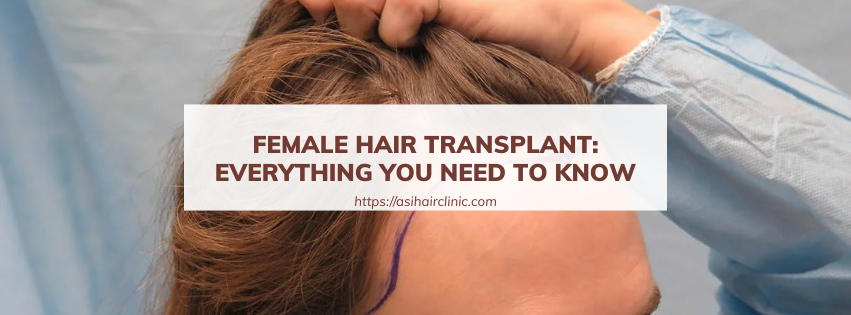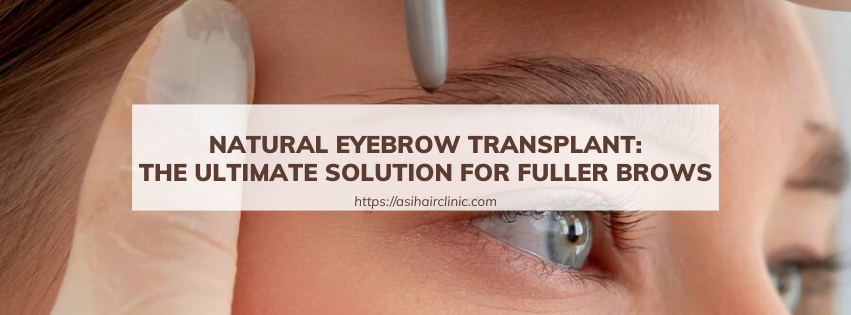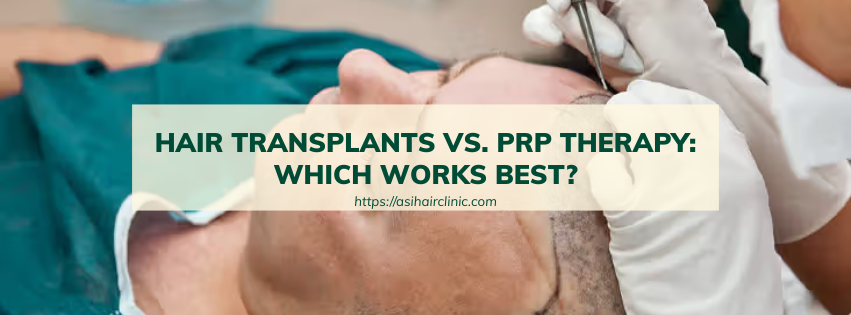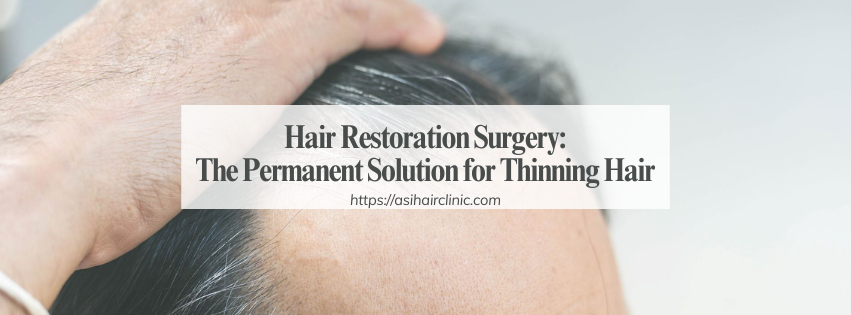Black Hair Transplant: What Makes It Different from Other Hair Types?
In the world of hair restoration, a black hair transplant stands out for its unique characteristics, challenges, and approaches. Understanding how black hair differs from other hair types is crucial for individuals considering hair transplant procedures. This article delves into the nuances of black hair transplants, exploring their distinct features, surgical techniques, and aftercare considerations that set them apart from other forms of hair restoration.
1. Understanding Black Hair Structure and Characteristics
Hair is an integral part of identity and self-expression, with texture, curl pattern, and pigmentation varying significantly across different ethnic groups. Black hair has specific structural features that influence its behavior, care, and health, especially in the context of transplantation.
1.1. The Structure of Black Hair
Black hair is typically thicker than other hair types, with a rounded cross-section that gives it robustness and volume.
The unique structure results from the oval-shaped follicles that produce tightly coiled strands. This shape contributes to the hair's propensity for shrinkage and creates intricate curl patterns, which can range from loose waves to tight coils. Such texture impacts everything from styling choices to the way hair behaves during growth phases.
Moreover, black hair often has a higher density, meaning there are more hair follicles per square inch on the scalp compared to lighter hair types. This characteristic can lead to a fuller appearance, a factor that can be both advantageous and challenging when considering hair transplants.
When planning a black hair transplant, understanding this structural nuance is pivotal. The surgeon needs to consider how the hair will grow and blend naturally with existing hair, ensuring a seamless look post-surgery.
1.2. Unique Challenges of Black Hair in Transplantation
While black hair has many advantages, it also presents some significant challenges when it comes to hair transplantation.
One major concern is the risk of follicular damage. Due to the natural curliness of black hair, the follicles can sometimes be more fragile and prone to injury during extraction or implantation. Additionally, the coiled nature of the hair may require specialized techniques to ensure proper alignment and grafting during the procedure.
Another challenge lies in the healing process. Black hair tends to be denser, which can occasionally lead to complications such as ingrown hairs. Surgeons must be aware of this and take extra care to minimize any post-operative issues.
Understanding the unique challenges associated with black hair allows surgeons to tailor their approach, choosing techniques that mitigate risks and promote optimal healing.
1.3. Importance of Texture and Curl Pattern in Transplantation
Texture and curl patterns play a crucial role in achieving satisfying outcomes in black hair transplants.
Surgeons must consider how the hair’s natural curl interacts with surrounding hair and the overall aesthetic desired by the patient. For instance, the difference between straight and curly hair can drastically affect the perceived thickness and fullness after a transplant.
Understanding a patient's individual curl pattern informs the direction in which the grafts are placed, ensuring they mimic natural growth. Properly aligning the curl pattern can lead to a more authentic-looking result, making it essential for patients to communicate openly with their surgeon about their expectations and desired outcomes.

2. Techniques Used in Black Hair Transplants
Different hair types necessitate various techniques in hair restoration, and black hair requires particular methods to ensure successful outcomes.
2.1. Follicular Unit Extraction (FUE)
FUE is one of the most common techniques used in hair transplantation, particularly for individuals with coiled hair.
This method involves extracting individual hair follicles directly from the donor area, typically the back of the head, and implanting them into balding or thinning areas. FUE is minimally invasive, leading to quicker recovery times and less visible scarring compared to older techniques like Follicular Unit Transplantation (FUT).
For black hair specifically, FUE allows for greater precision in graft placement, accommodating the natural curl patterns and ensuring that the hair grows in a way that looks authentic. The surgeon can select follicles based on their angle and curl, enhancing the final outcome.
However, FUE can be time-consuming and may require a skilled hand to effectively extract the follicles without causing damage. The technique demands meticulous attention to detail, especially given the risk of injury to the hair shafts.
2.2. Follicular Unit Transplantation (FUT)
FUT is another widely practiced technique, though it is less common for patients with black hair due to its invasiveness.
This technique involves removing a strip of skin containing hair follicles from the donor area, which is then dissected into individual grafts. While FUT does provide a higher yield of hair follicles, it leaves a linear scar that can be concerning for individuals with shorter hairstyles.
Despite these drawbacks, FUT can be beneficial for people with certain hair types needing large numbers of grafts. For black hair, however, the focus is often on techniques that minimize trauma and scarring, making FUE a favored choice.
2.3. Scalp Micropigmentation as a Complementary Procedure
Scalp micropigmentation (SMP) is becoming an increasingly popular complementary procedure for those undergoing black hair transplants.
SMP involves tattooing tiny dots on the scalp to mimic the appearance of hair follicles. This technique can create an illusion of density and make transplanted hair appear thicker, which can be particularly appealing for individuals with coarse, textured hair.
Additionally, SMP can help cover any scars left from the transplant procedure, providing a comprehensive solution for hair restoration. Many patients find that combining SMP with a black hair transplant enhances their results significantly, adding depth and realism to the overall look.
3. Post-Transplant Care and Maintenance for Black Hair
After undergoing a black hair transplant, following appropriate care guidelines is critical to promote healing and achieve the best possible results.
3.1. Immediate Post-Operative Care
In the initial days following a black hair transplant, patients should adhere to their surgeon’s guidelines meticulously.
This period is crucial for ensuring that the transplanted follicles settle properly into their new locations. Patients are usually advised to avoid strenuous activities, direct sun exposure, and touching or scratching the scalp.
Keeping the scalp clean is important; however, cleansing must be done gently to avoid dislodging any grafts. Surgeons often recommend using mild shampoos and avoiding chemicals or heavy styling products for the first few weeks.
Additionally, keeping the scalp moisturized can aid in the healing process and reduce the risk of scabbing. Using prescribed ointments or lotions carefully can enhance comfort and support healing.
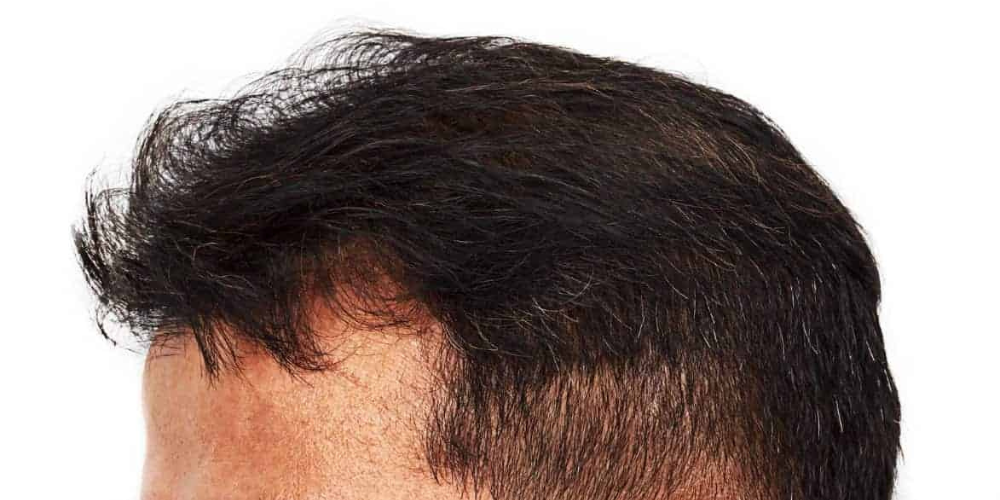
3.2. Long-term Hair Care Practices
Once the initial healing period has passed, maintaining the health of both transplanted and existing hair becomes paramount.
Patients should adopt a hair care routine tailored to their specific hair type. For black hair, this might involve regular conditioning treatments and moisturizers designed for textured hair. Proper hydration will help keep the hair robust and healthy, preventing dryness and breakage.
Furthermore, regular trims can help maintain the overall shape and health of the hair, promoting even growth and minimizing split ends. Establishing a routine that incorporates protective styles can also aid in preserving the integrity of both transplanted and existing hair.
3.3. Monitoring Progress and Managing Expectations
Post-transplant, patience is key.
New hair growth can take several months to become noticeable, and it’s important for patients to have realistic expectations about the timeline and results. Regular follow-up appointments with the surgeon can help monitor progress and address any concerns that arise during the healing process.
Patience is essential, as hair goes through cycles of growth and shedding. It’s not uncommon for newly transplanted hair to shed before regrowth occurs, which can be confusing and discouraging. Keeping an open line of communication with the surgical team can provide reassurance and clarity during this transitional phase.
4. Cultural Considerations in Black Hair Transplants
Cultural factors play a significant role in how individuals perceive their hair and the implications of hair loss.
4.1. The Significance of Hair in Black Culture
For many individuals within the black community, hair holds profound cultural significance. It’s often seen as a source of pride, identity, and self-expression.
As such, issues related to hair loss can have emotional and psychological ramifications. Individuals may feel societal pressures regarding beauty standards, leading to a heightened desire for effective hair restoration solutions. This dynamic underscores the importance of culturally sensitive discussions around black hair transplants.
Understanding these cultural dimensions can help medical professionals better communicate with their patients and provide a more supportive environment throughout the hair restoration journey.
4.2. Addressing Stigmas and Misconceptions About Hair Loss
Despite the advancements in hair restoration technologies, misconceptions about hair loss persist within the community.
Some individuals may view hair loss as a sign of aging or inadequacy, leading to feelings of shame or embarrassment. Education plays a crucial role in dispelling these myths and fostering a healthier mindset around hair loss.
By promoting awareness of the diverse options available for hair restoration—including black hair transplants-individuals can feel empowered in their choices. Additionally, highlighting success stories from members of the community can serve as inspiration and encouragement for those navigating their own hair loss journeys.
4.3. Community Support and Resources
Engagement with community resources and support networks can be instrumental for individuals considering black hair transplants.
Support groups, online forums, and local organizations can offer valuable insights, share experiences, and foster conversations about hair loss and restoration. Building connections with others who have undergone similar experiences can alleviate feelings of isolation and provide a sense of belonging.
Overall, access to resources that prioritize cultural understanding can enhance the decision-making process for individuals seeking hair restoration solutions.
Conclusion
A black hair transplant is a unique and nuanced procedure that requires careful consideration of several factors, including hair structure, surgical techniques, post-operative care, and cultural significance.
By understanding the distinct attributes of black hair, individuals can make informed decisions about their hair restoration options. As technology continues to advance, the prospects for successful outcomes in black hair transplants only expand.
Taking the time to educate oneself about the intricacies of black hair and engaging with healthcare providers who understand these complexities can pave the way for empowerment and satisfaction in the hair restoration journey. Whether addressing hair loss for aesthetic reasons or cultural identity, the journey toward restoring one’s hair can be transformative, leading to renewed confidence and a deeper appreciation for individuality.
LATEST POSTS

